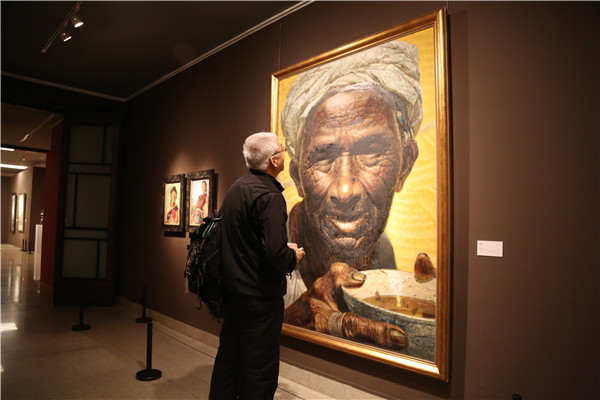 |
|
Exhibits in a recent exhibition at the museum. [Photo/China Daily] |
The most vociferous among them is Chen Danqing, famous in equal parts for being an artist and an art critic. In 2004, in a protest against what he called "an enrollment system that has kept our most talented students at the doorstep", the Chinese American resigned as a professor at the Academy of Arts & Design at Tsinghua University, one of China's top art education institutions.
On another occasion he commented that "another child has been killed", on being told by the boy's parents that their child "experienced self-doubt due to a lack of progress at his pencil sketch class".
How is it that an art form that so inspires me is under attack by so many art professionals, some of whose works I have long admired?
I took my questions to my art educator interviewees, including Wang and others. And the answer is: it was not pencil sketch that has squeezed the genius out of many artistically minded children, but the way pencil sketch is viewed by China's art establishment today, as the basis of a formal art education.
Pencil sketch education as we know it today was born in 18th century France before being exported to Russia and then to China, Chen says. Although there have been many masters throughout history - da Vinci and Rubens are but two of them - who left us wonderfully drawn pencil sketches, there have been just as many who never tried the art form.
Today students applying for art college entrance in China must sit pencil sketch tests. In months and often years leading to the tests, aspiring art students force themselves through grueling training at one of the numerous "coaching centers" across the country.
There they keep drawing, sometimes 10 or more hours a day. And usually they draw according to strict guidance by the teachers - rules that enable their works to take on the look of one by an "art professional" in the shortest possible time.
Viewed singularly, almost every one of these works appears refined and sophisticated. Put together, they resemble one another in a startling - and stupefying - way. It seems that the students are too preoccupied with painting the light as cast on the plaster geometric solids in front of them to allow any light to enter their own minds.